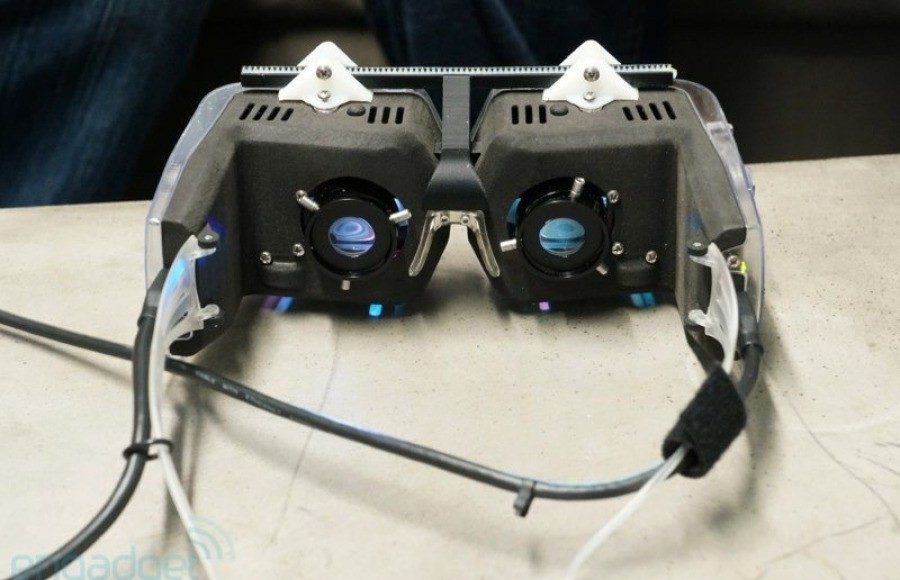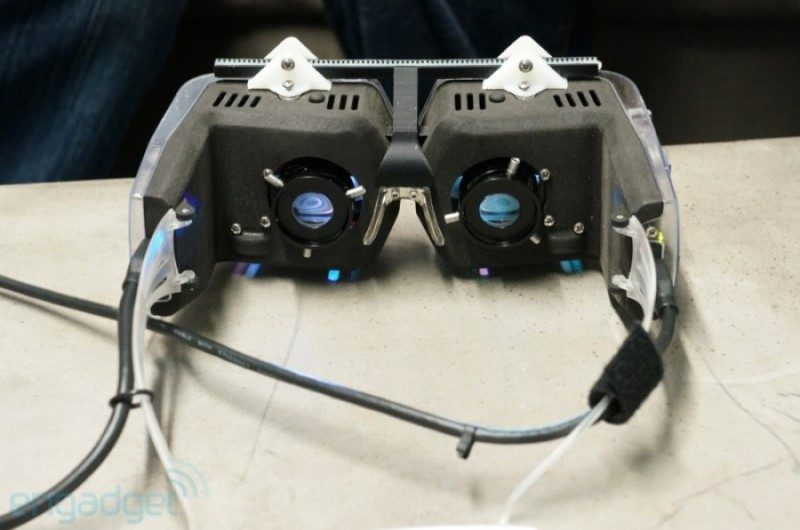A new head mounted display by a company called Avegant uses 2 million micromirrors in a virtual retinal display to draw images directly onto the retina. The company says this replicates the way we see in real life and lends itself to much more realistic images.
According to Engadget, who got to check out a prototype of the Avegant HMD says that it produces an “insanely sharp definition and a realistic image even with low-resolution sources… the quality — and the overall experience — blows everything else out of the water.”
Sounds impressive, but the current Avegant HMD prototype has a 45 degree viewing angle, positioning it away from immersive gaming and more toward a wearable display for media.
That’s not to say that it’s impossible to reach immersive FoV levels with a virtual retinal display (VRD) device. Researchers at the University of Washington’s Human Interface Technology Laboratory say that, as of 1995, VRD systems with 60 degree FoV have been demonstrated and that “systems with 100 degree fields of view are feasible.” They also list a number of potential advantages for VRDs over traditional displays:
- Size and weight
- Cost
- Resolution
- Field-of-view
- Brightness
- Power consumption
Engadget reports that the Avegant HMD consumer model will include head tracking, weigh much less than the prototype, and include integrated sound an power for portable use; no word on price at this point. Engadget also says that the unit is “slated to ship sometime in Q1 2014″… but also that Avegant will be launching a crowdfunding campaign soon; I can’t imagine that Avegant will be able to launch a crowd funding campaign and ship in that window, but maybe Engadget got mixed up regarding shipping and a crowd funding launch date. We’ll let you know when we find out more.








